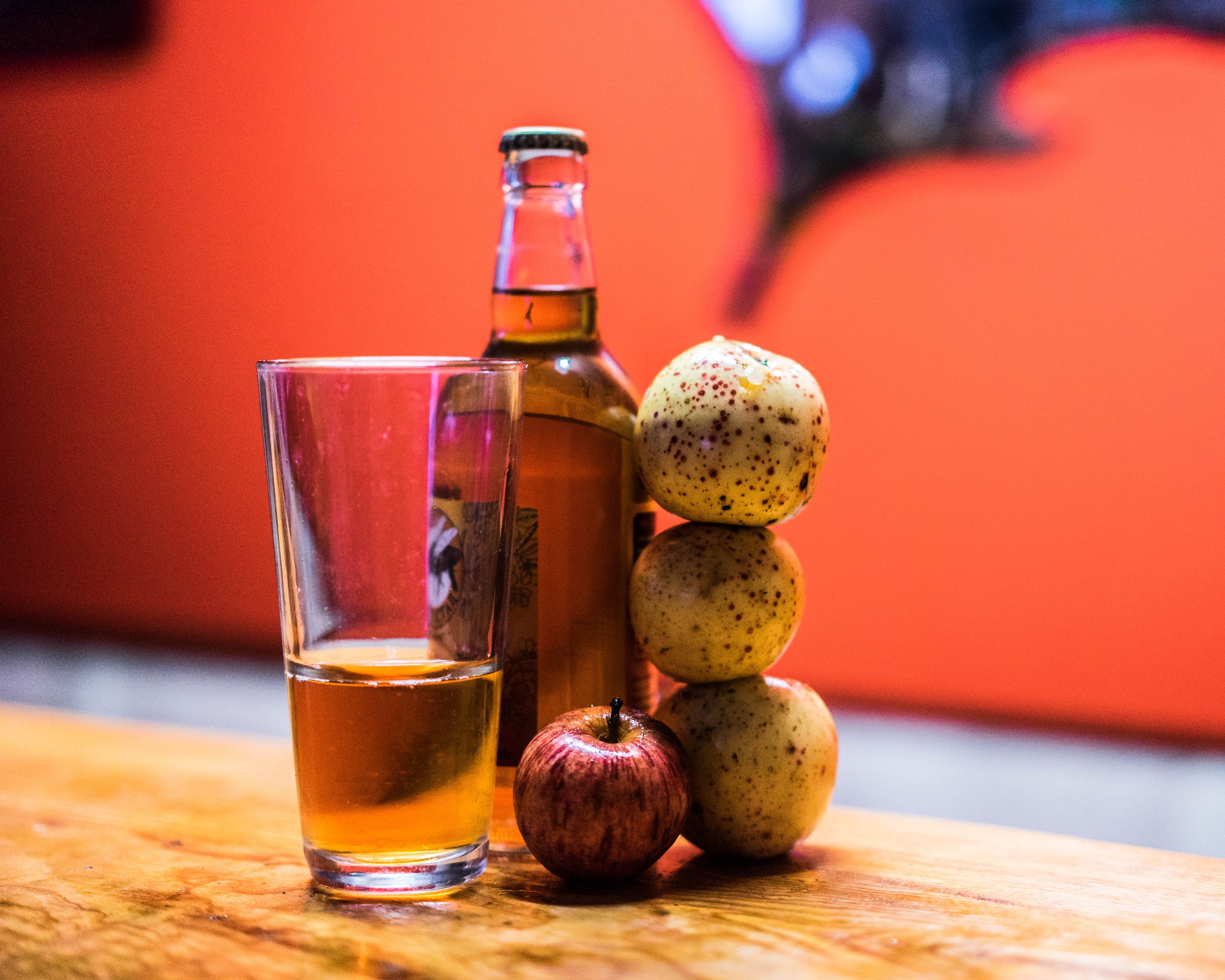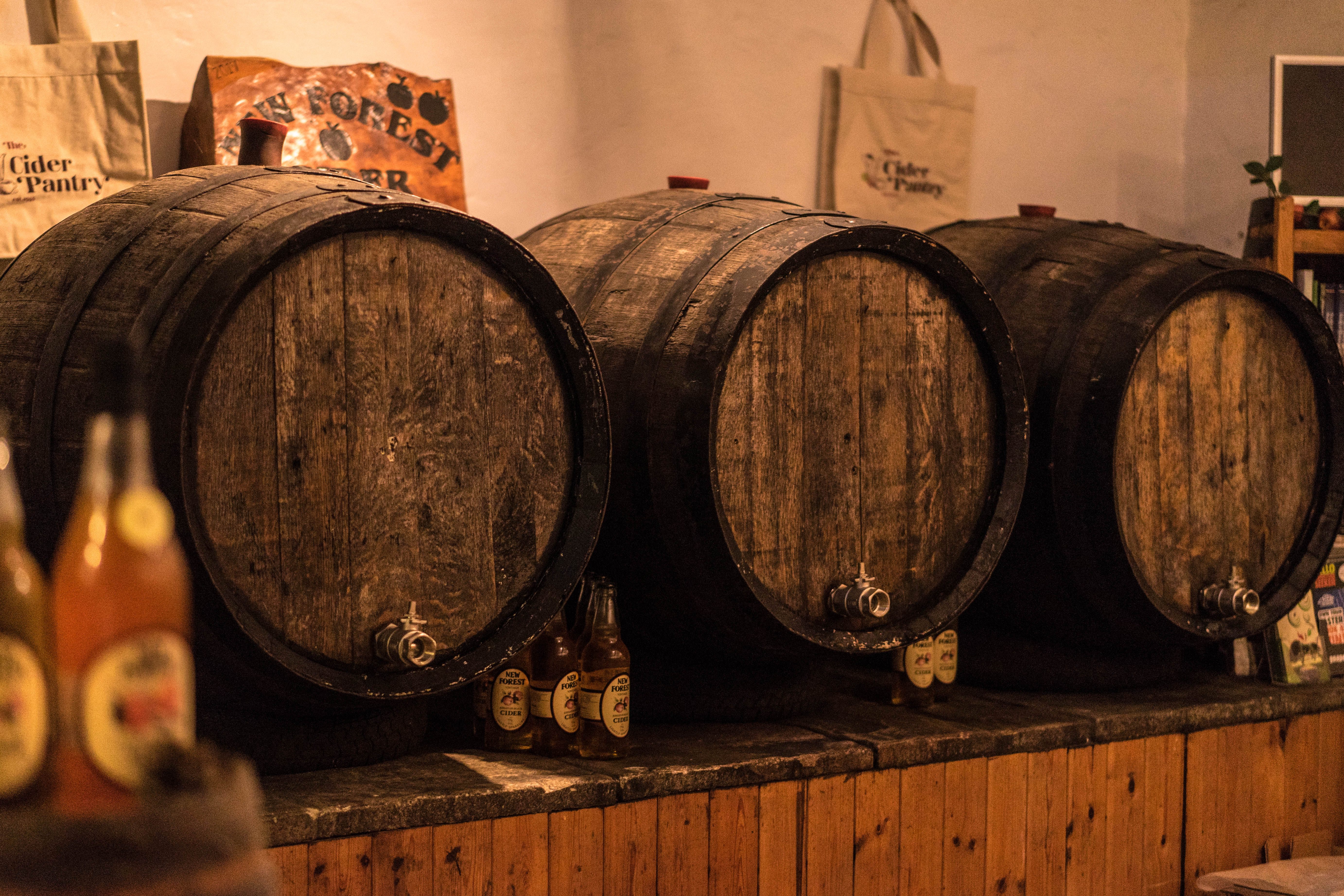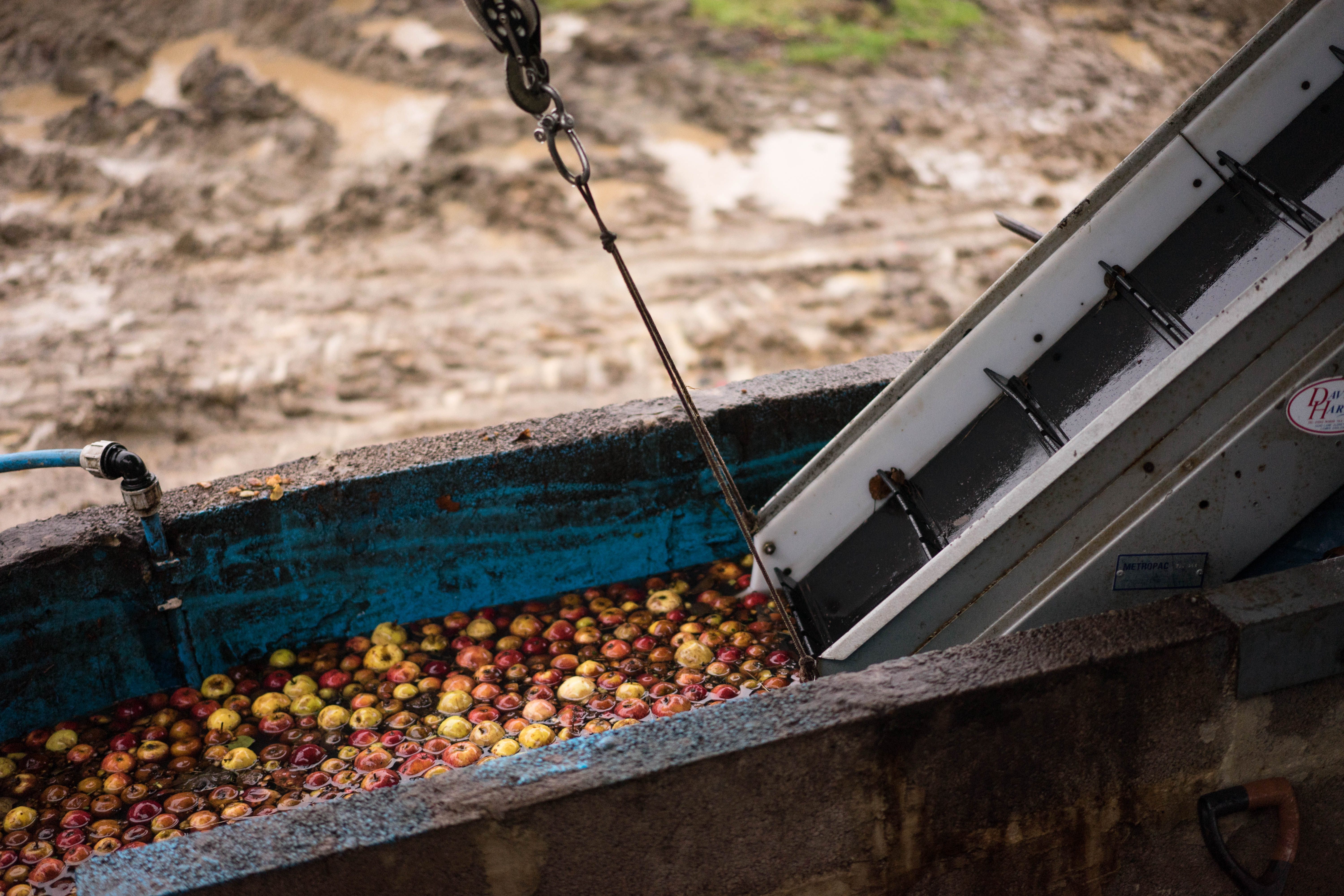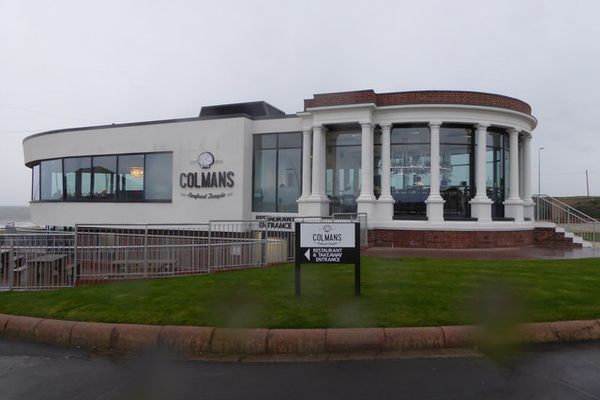Why Cider Means Something Completely Different in America and Europe
FBI agents, Prohibition, and beer made American cider sweet and sober.

25 years ago, Barry Topp, owner of the New Forest Cider Company, drove trucks filled with apple cider to sell at festivals all over the United Kingdom. There’s one festival in particular he reminisces about with great fondness: at the Royal Air Force Lakenheath base, which hosts American military personnel. Everyone was excited to see him arrive with his truck full of cider. “You weren’t meant to take alcohol onto the army bases,” Todd says, but the American airmen told Topp to sneak it through simply by calling the contents of his truck “apple cider.” This made Topp realize: “In America, apple cider is like our apple juice!” Using the linguistic confusion to dodge detection, Topp and his truck full of boozy British apple cider made their way into the base, much to the delight of all.
These days, the public is no longer allowed on military bases for security reasons. However, the confusion between American and British apple cider has continued. In fact, if you were to try the same trick today, chances are you’d get away with it. Today, the United Kingdom and United States are the biggest producers of cider in the world. Yet, at some point in the last few hundred years, the words “apple cider” have evolved to mean different things in these two nations.

In the American state of New Hampshire, the state beverage of apple cider is like unfiltered apple juice. Usually, mulled spices are added, turning it into a spiced, piping hot drink. But in the famed cider-growing region of Britain’s West Country, cider is a fermented, alcoholic beverage. Look further across Europe and you’ll find that America’s version of apple cider is the outlier—cidre in France and sidra in Spain are both akin to British hard cider, rather than the American mulled beverage. So, how did Americans end up with such a unique form of apple cider?
People have been making cider for thousands of years. Wild apples, Malus sylvestris, grew naturally in the ancient British Isles. The Romans encouraged apple cultivation for cider, and when Christian monks established monasteries, they also made the beverage. When European settlers traveled to North America, they took cider with them.
In the American colonial era, there was only one form of apple cider: cyder. This type of beverage, a fermented product usually between 4-6% ABV, was brought onto the continent by colonists in the 17th century. Unlike barley and grapes, apples grew in New England with ease. New England residents in the 18th century consumed cider generously: an estimated 15 to 54 gallons per year.
Cyder was the most commonly produced drink in colonial America—the beverage of choice for most Americans at a time when imbibing water was questionable. Not only was it easy to obtain and affordable to produce, but the fermentation process guaranteed it would be free from disease-causing pathogens, writes Amy Stewart in The Drunken Botanist. Even as Puritans denounced distilled spirits, cider and other low-alcohol products remained in good repute.

As America expanded, apples remained a fundamental part of society and good health. When land companies offered plots throughout the newly acquired Northwest Territory, which spanned Illinois, Indiana, Michigan, Ohio, and Wisconsin, settlers had to prove their commitment to their new homes by planting apple trees. Enter the legend of Johnny Appleseed. Actually named John Chapman, he made his living by planting apple seeds across the frontier for families planning to move out west—allowing them to make cider when they arrived. While apple trees grown from seed (rather than propagated through grafting) can produce unpredictable fruit, sour or bitter apples are perfectly fine for making cider. Even as settlers migrated into regions where it was easier to produce grain, cider remained a fundamental part of American life.
But soon, the opportunities of the Industrial Revolution beckoned to millions of immigrants—and a lot of them didn’t want to drink cider. Over 33 million people entered the United States between 1820 and 1920, revolutionizing many American industries. German immigrants became the leaders in brewing and malting, popularizing beer. Coupled with affordable grains grown from the Midwest, beer began to replace cider. By 1900, cider consumption had dropped to a total of 55 million gallons for a country that now had over 76 million people. (While cider was on the decline, beer-making gradually grew more difficult too. World War I diverted grain and altered factory production across the country, and beer producers faced boycotts due to anti-German sentiments.)

Then, on January 17, 1920, Prohibition came into effect, halting the production, importation, and sale of alcohol. Prohibition is widely considered an era when Americans were not allowed to drink alcohol. Yet while beer and spirits were banned, the Volstead Act allowed farmers to make limited quantities of naturally-fermenting products, such as cider and fruit juice, so long as they were not meant to intoxicate. There was even leeway should a farmer get in trouble for illicit cider-making: at trial, the definition of “intoxicating” was left up to a jury.
Perhaps cider could have found a foothold here and begun its ascent back into popularity—but exactly the opposite happened. Overzealous temperance supporters and FBI agents razed many apple orchards to the ground, destroying heirloom apple varieties that had grown since colonial times. The orchards that survived could only produce so many of the high-tannin, bitter apples usually grown for cider. Farmers began primarily cultivating sweeter apples for cooking and eating to ensure the survival of their farms.
Post-Prohibition, the cider industry never recovered, but it did evolve. Although Prohibitionists deemed fermented cider “the devil’s brew,” writes cider chronicler Ben Watson, “fresh apple juice was being recognized and marketed as a healthful drink.” This led to the development of “sweet cider”—a non-alcoholic beverage with connotations of a simple life on the farm.

Even as American apple cider was developed, much of the machinery and processes to create it remained the same. Both sweet and hard cider-makers mill and press apples to extract juice. The key difference between sweet American apple cider and hard cider comes down to fermentation and type of apples. Hard cider is fermented and often includes astringent, tannin-rich apples to create interesting, full-bodied, dry ciders. The hot, mulled beverage Americans know and love is made from culinary apples, such as Jonagold, Honeycrisp, and Gala. The final product for both sweet and hard ciders is usually pasteurized or UV-sterilized.
According to Joe Marini, a “cider master” at The Stable in London, culinary apples can be used for cider. But instead of tannins, “they possess much more acidity, which confers a crisper, more refreshing, light-bodied quality.” Many commercial cider makers, such as Strongbow, use sugary culinary apple concentrate mixed with water. However, tradition-honoring producers such as the New Forest Cider Company disapprove of such methods.
Recently, Americans have been going back to their hard cider-loving roots. Since 2009, hard cider has become the fastest growing product within the American alcohol industry. More homegrown hard cider will take time, though—few farms grow the wide variety of cider apples that are still common throughout Europe.
Back in Britain, there was no Prohibition. Cider production waxed and waned, but never ceased. Cider’s popularity has increased there as well, moving from the West Country all throughout the United Kingdom. These days, there are countless ciders in production across the country. Specialty bars, such as The Stable, specialize in cider—stocking over 100 varieties, including their own blend of mulled cider. But as of yet, they don’t have sweet, booze-free American apple cider.
Gastro Obscura covers the world’s most wondrous food and drink.
Sign up for our regular newsletter.




































Follow us on Twitter to get the latest on the world's hidden wonders.
Like us on Facebook to get the latest on the world's hidden wonders.
Follow us on Twitter Like us on Facebook